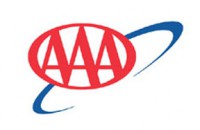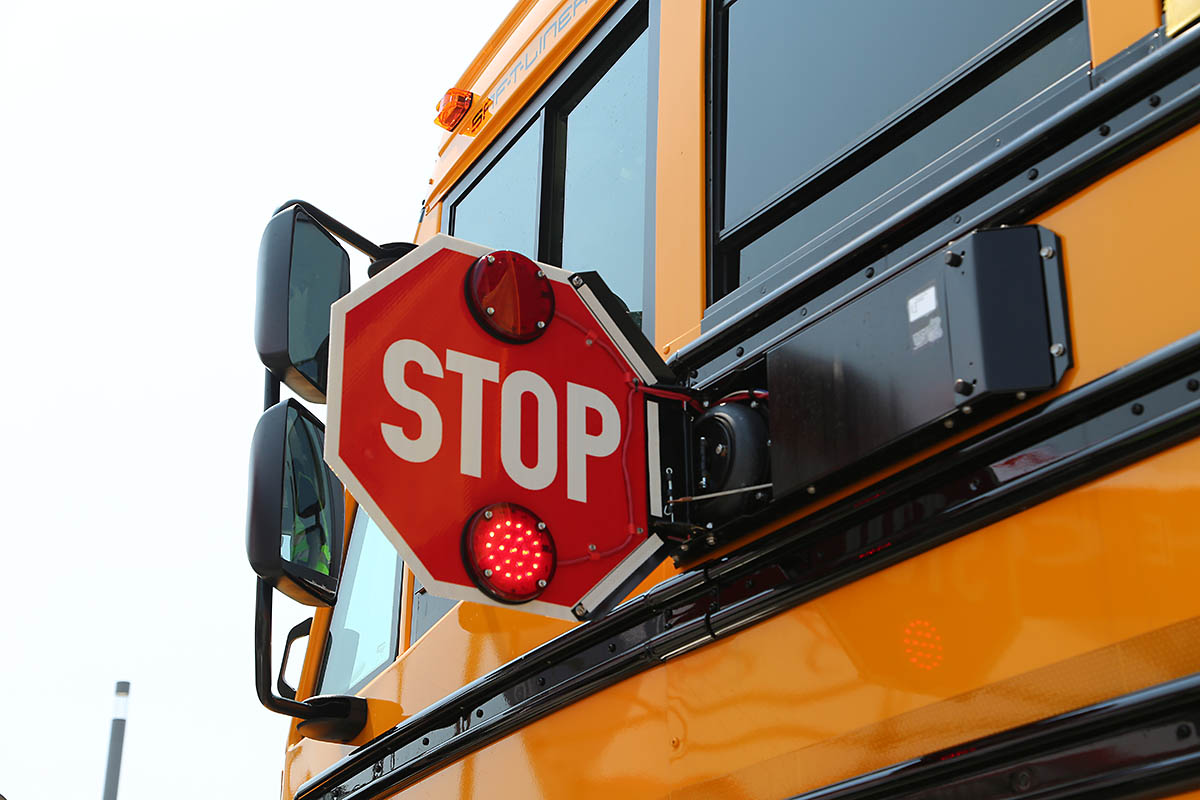 Nashville, TN – Tennessee roads are about to get more crowded as millions of students and teachers return to school. AAA is launching its “School’s Open Drive Carefully” campaign, reminding drivers to slow down, eliminate distractions, and obey traffic laws when passing bus stops and driving through neighborhoods and school zones.
Nashville, TN – Tennessee roads are about to get more crowded as millions of students and teachers return to school. AAA is launching its “School’s Open Drive Carefully” campaign, reminding drivers to slow down, eliminate distractions, and obey traffic laws when passing bus stops and driving through neighborhoods and school zones.
AAA’s “School’s Open – Drive Carefully” campaign aims to remind drivers of the dangers facing child pedestrians, especially before and after school hours.

This message is especially important this year as back-to-school traffic mixes with commuters who may have not shared the road with school buses or child pedestrians in more than a year.
“Drivers should have a heightened sense of awareness from the moment they leave the driveway,” said Megan Cooper, spokeswoman, AAA – The Auto Club Group.
“Students will be walking or pedaling throughout neighborhoods and alongside city streets, making their way to-and-from school or the bus stop. Many of them might not be looking for you, so make sure you’re looking for them,” Cooper stated.
Drivers can expect an increase in:
- Congestion – more drivers during the morning and afternoon commutes
- Pedestrians – students walking to and from school or the bus stop
- Buses – picking up and dropping off students
- Bicyclists –traveling to and from school
According to a recent AAA survey of Tennesseans:
- Over half of Tennessee residents drive through either a school zone or bus stop on their daily commute or regular driving route.
Residents admit to doing the following risky driving behaviors at least once in the past 3 months:
- 32% admit to exceeding the speed limit while driving in active school zones
- 24% admit to using their hand-held cell phone while driving in active school zones
- 16% admit to driving around a school bus while its red lights are flashing
- 15% admit to cutting off a school bus because it’s driving too slow
According to Tennessee’s Integrated Traffic Analysis Network (TITAN):
- Since 2018, Tennessee has seen 3,176 traffic crashes in school zones
- So far this year 381 traffic crashes have occurred in school zones across the state – this is already over half of 2020’s yearly total of 603 crashes
School zones are areas with extremely high vehicle, bicycle, and pedestrian traffic. Children on bicycles can be unpredictable and can make sudden changes in direction.
When driving through a school zone, lower your speed and increase your awareness, to ensure you can respond to any potential hazards on the roadway. Remember, in Tennessee it is illegal to use your handheld mobile device while driving through an active school zone.
School Bus Traffic Laws Explained
“Driving around a school bus while its red lights are flashing is extremely dangerous,” Cooper continued. “Oftentimes the reason people illegally pass school buses is because they are in a hurry. Please allow yourself extra time on the road, so you are not tempted to take unnecessary risks on the road that endanger the lives of children.”
Motorists are required to stop when approaching a school bus that is stopped with its red lights flashing and STOP arms extended. There is only one exception, which is explained below.
- Two Lane Street – All drivers moving in either direction on a two-way street must stop for a school bus displaying a stop signal, and must remain stopped until the road is clear of children AND the school bus stop arm is withdrawn.
- Multi-Lane Paved Median – All drivers moving in either direction must stop for a school bus displaying a stop signal, and must remain stopped until the road is clear of children AND the school bus stop arm is withdrawn.
- Divided Highway – Traffic approaching an oncoming school bus does not need to stop if there is a raised barrier such as a concrete divider or at least five feet of unpaved space separating the lanes of traffic. However, these motorists should slow down and watch for students loading or unloading from the bus.
Safety Tips for Students at the Bus Stop
Children should arrive at the bus stop at least 5 minutes before the bus is scheduled to arrive. Parents should teach them to play it SAFE:
- Stay five steps away from the curb.
- Always wait until the bus comes to a complete stop and the bus driver signals for you to board. Be alert and remove headphones so you can hear oncoming traffic.
- Face forward after finding a seat on the bus.
- Exit the bus when it stops and look left-right-left for cars before crossing a street.
AAA’s School Traffic Safety Summary
AAA – The Auto Club Group, through their School’s Open Drive Carefully campaign, are reminding motorists to:
- Slow down. Speed limits in school zones are reduced for a reason. A pedestrian struck by a vehicle traveling at 25 mph is nearly two-thirds less likely to be killed compared to a pedestrian struck by a vehicle traveling just 10 mph faster.
- Come to a complete stop. Research shows that more than one-third of drivers roll through stop signs in school zones or neighborhoods. Always come to a complete stop, checking carefully for children on sidewalks and in crosswalks before proceeding.
- Eliminate distractions. Research shows that taking your eyes off the road for just two seconds doubles your chances of crashing. Children can move quickly; crossing the road unexpectedly or emerging suddenly between two parked cars. Reduce risk by avoiding distractions like using your cell phone or eating while driving.
- Share the road. Children on bicycles are often inexperienced, unsteady and unpredictable. Slow down and allow at least three feet of passing distance between your vehicle and a bicyclist. If your child rides a bicycle to school, require that he or she wear a properly fitted bicycle helmet on every ride. Find videos, expert advice and safety tips at ShareTheRoad.AAA.com.
- Talk to your teen. Car crashes are the leading cause of death for teens in the United States, and nearly one in four fatal crashes involving teen drivers occur during the after-school hours of 3 p.m. to 7 p.m. Get evidence-based guidance and tips at TeenDriving.AAA.com.
About the AAA Consumer Pulse™ Survey
The AAA Consumer Pulse™ Survey was conducted online among residents living in Tennessee from June 16-25, 2021. A total of 400 residents completed the survey. Survey results asked of all respondents have a maximum margin of error of ± 4.9% points. Responses are weighted by age and gender to ensure reliable and accurate representation of the adult population (18+) in Tennessee.
About AAA – The Auto Club Group
The Auto Club Group (ACG) is the second-largest AAA club in North America with more than 14 million members across 14 U.S. states, the province of Quebec, and two U.S. territories. ACG and its affiliates provide members with roadside assistance, insurance products, banking, and financial services, travel offerings, and more.
ACG belongs to the national AAA federation with more than 62 million members in the United States and Canada. AAA’s mission is to protect and advance freedom of mobility and improve traffic safety.
For more information, get the AAA Mobile app, visit AAA.com, and follow us on Facebook, Twitter and LinkedIn.




